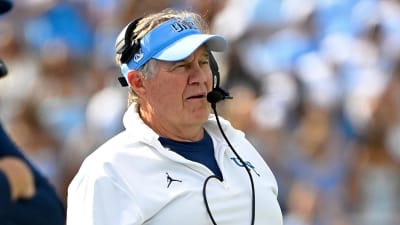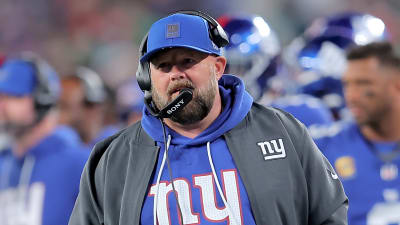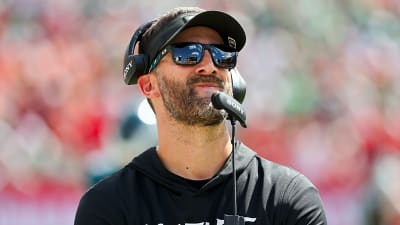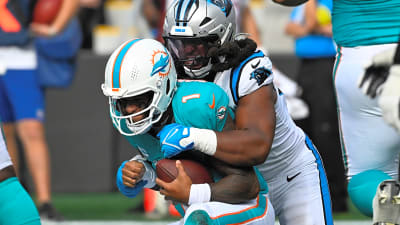
Highlights:
-
Kyle Tucker enters free agency after one season with the Cubs.
-
Chicago’s offense stalled again due to poor contact and RISP execution.
-
Injuries exposed the lack of rotation depth behind Steele and Imanaga.
Kyle Tucker’s arrival was supposed to change everything. The Cubs finally had a left-handed slugger in his prime, the kind of bat who could anchor a lineup for years. For a while, it worked. He hit for power, drew walks, and handled the spotlight.
But the season ended the same way it has too often lately, early.
Now the Cubs face familiar winter questions. But the first question they need to answer is whether Tucker will stay and how much his answer reshapes what comes next.
Payroll Reality, Not Fantasy
The Cubs aren’t broke, but they’re not flush either.
Their 2025 payroll sits just under $200 million. It should be competitive, but it’s not top-tier. The good news is that a few contracts roll off the books, freeing up space for the front office to act.
But they have to be smart.
They can make one major move, maybe two.
The choices will indicate how long the front office believes this current core can compete. If they extend Tucker, it’s an investment in the future. If they let him walk, it’s a pivot toward a younger, contact-driven roster that still needs veteran help.
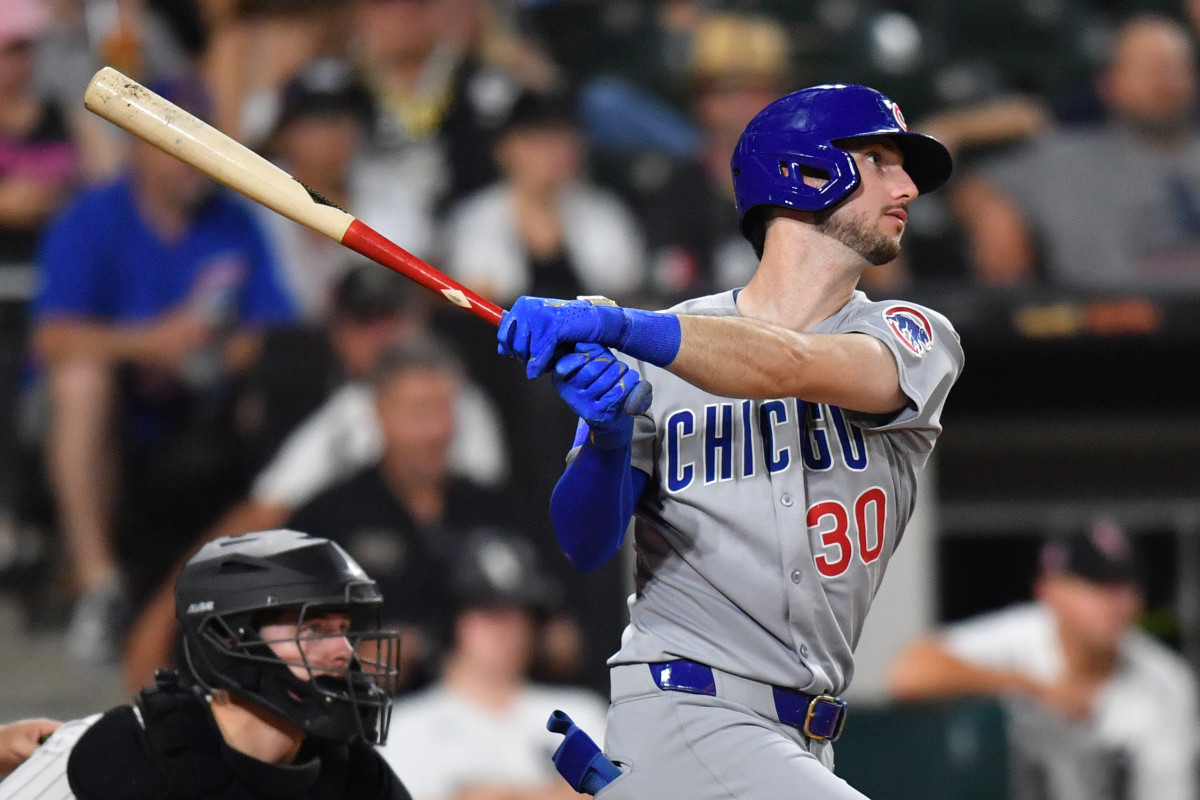
The Offense Can’t Keep Living on Hope
The problem isn’t home runs, it’s timing.
Chicago’s lineup hit enough to win, just not when it mattered. The Cubs finished near the bottom third of the league in batting average with runners in scoring position and often left them stranded. Too many innings ended with a swing-and-miss instead of a productive out.
The fix doesn’t require another star. It requires a hitter who can keep the line moving. Someone with zone discipline, low chase rate, and enough gap power to lengthen innings. A veteran who understands situational hitting instead of trying to muscle everything into the stands.
Adding that kind of player—think middle-order contact bat with playoff experience—would do as much for this offense as any headline free agent. It’s the one piece they’ve lacked since Nico Hoerner’s breakout two years ago.
Rotation Reliability Is Non-Negotiable
Shota Imanaga’s stint on the injured list in May reminded everyone how thin this staff can get. Matthew Boyd, Jameson Taillon handled the work and Cade Horton showed flashes, and then things got patchy.
When the bullpen had to stretch, so did the losses.
The Cubs don’t need another ace. They need a dependable mid-rotation arm—160 innings, league-average ERA, steady every fifth day. Someone who takes pressure off Horton’s workload and keeps Imanaga fresh late. The blueprint is boring but effective: build depth before you need it.
The Tucker Test
That’s where this winter turns. If the Cubs re-sign Kyle Tucker, they’re signaling belief in this core. It’s the kind of deal that says, “We’re playing to win right now.” If they don’t, they’ll need to replace not just his production but his presence—something no free agent on the market can easily replicate.
Either way, the path forward is the same: find a contact bat who thrives under pressure, and find a pitcher who doesn’t break. Those are the cracks that cost them in 2025.
And if Tucker walks out the door, that’s what the Cubs will have left—cracks and questions.
More must-reads:
- Suspended Guardians pitchers blocked from playing in winter league
- Three teams that should be in the market for Kyle Schwarber this offseason
- The 'MLB playoff debut strikeouts leaders' quiz
Breaking News
Trending News
Customize Your Newsletter
 +
+
Get the latest news and rumors, customized to your favorite sports and teams. Emailed daily. Always free!

